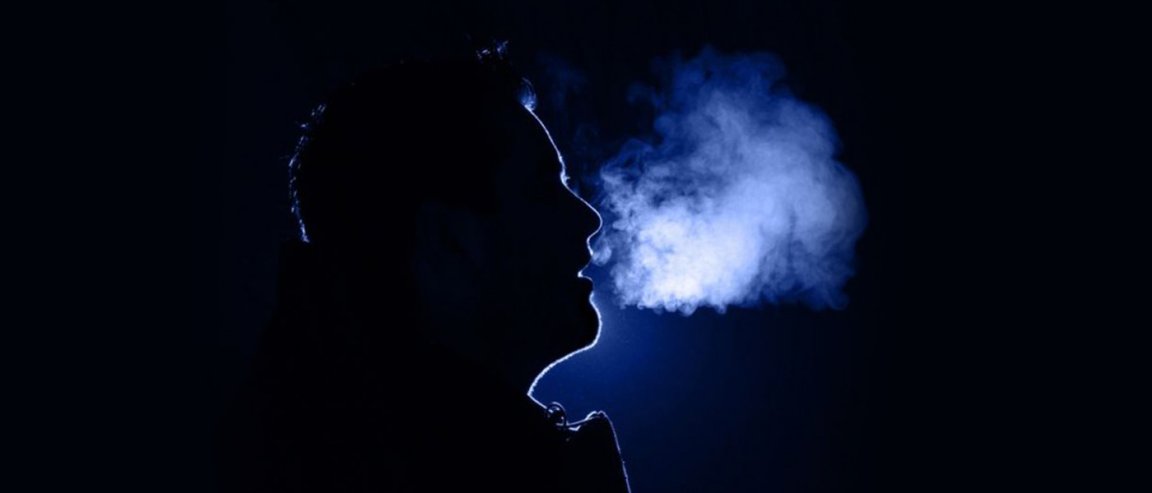
Cancer Breath Test
A high-tech cousin to the Breathalyzer may be the future of cancer detection. Trials of a simple cancer spotting breath test are underway at the University of Southern California (USC). Participants have volunteered to see if the the “BreathLink” app and it’s partner device, the Breathscanner, can detect cancer.
“It’s just like a breathalyzer for alcohol, only it’s a billion times more sensitive,” Dr. Michael Phillips of Menssana Research, who is spearheading the project, told CBS’s Susan Spencer.
Breathscanner collects human breath. Then BreathLink, a cloud application device, subjects the volatile organic compounds (VOCs) in it to concentration analysis. It uses gas chromatography to separate alveolar breath VOC samples and then detects each specific target using surface acoustic wave detection (GC-SAW) or flame ionization (GC-FID). It is sensitive to the picomolar (parts per trillion).
BreathLink has already identified patients with active pulmonary tuberculosis accurately, and these latest trials are the next step in the process. Current clinical studies include detection of lung and breast cancer, as well as heart transplant rejection. The device’s makers hope that these trials, if successful, will pave the way toward FDA approval.

Faster, Easier, Accurate Detection
A different breath test, developed at Imperial College London is based on selected ion flow-tube mass spectrometry, is also undergoing trials. Thus far, it has successfully detected esophageal and stomach cancers in 300 patients with 85 percent accuracy. Lead researcher Dr. Sheraz Markar commented to the European Cancer Congress 2017 in January:
At present the only way to diagnose esophageal cancer or stomach cancer is with endoscopy. This method is expensive, invasive and has some risk of complications. A breath test could be used as a non
invasive, first-line test to reduce the number of unnecessary endoscopies. In the longer term this could also mean earlier diagnosis and treatment and better survival.
Similarly, Breathscanner touts few complications, fast results, and earlier diagnosis. Since it’s a mobile point-of-care system, it can be used in the field or in an office—anywhere that has an Internet connection. It works in tandem with the BreathLink cloud application device, which uses proprietary algorithms to identify markers of disease and oxidative stress. Then, it sends data to servers in a central laboratory, where all data exchanges are protected by defense-level encryption. For patients, the process is simple: they just breathe into the device for two minutes. Less than ten minutes later, they have their answer.
When asked whether patients with cancer really have different breath, Dr, Phillips said, “The answer to that is definitely yes, for breast cancer and lung cancer.”
Dr. Markar explains why: “Because cancer cells are different to healthy ones, they produce a different mixture of chemicals.”
These two trials are signaling the future of cancer detection. Both research teams are working on detecting additional kinds of cancer in breath.